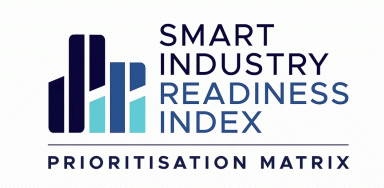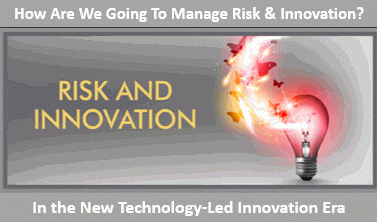 Introducing the Smart Industry Readiness Index Prioritization Matrix
Introducing the Smart Industry Readiness Index Prioritization Matrix
I was really pleased to watch the official launch of the Smart Industry Readiness Index (SIRI) with its addition of the Prioritization Matrix at Hannover Messe on Monday 1st April 2019.
This will become a very useful and relevant management planning tool to help manufacturers worldwide to determine and prioritize their necessary areas of focus with all the digital initiatives, based on an Industry 4.0 Maturity and their current performance.
This tool or readiness prioritization index has a real potential to finally bring organizational wide awareness and common language identification. It can help implementation in a number of significant ways.
This has been pioneered by The Singapore Economic Development Board (EDB), a very formidable Government entity within the development of Singapore over the years, and in consultation and growing support, from McKinsey & Co, SAP, Siemens, and TüV SüD.
The framework is a very systematic and I feel, a robust way, to focus on what matters to you in your own Industrial Revolution 4.0 journey (IR4). So often organizations do not have a clear vision, strategy or can develop a systematic roadmap for this form of transformation. It becomes overwhelming and a real challenge of where to start. Often the more you read, seek advice, the more you get confused. Continue reading “Finally a framework to manage holistically Industrial Revolution 4.0”




